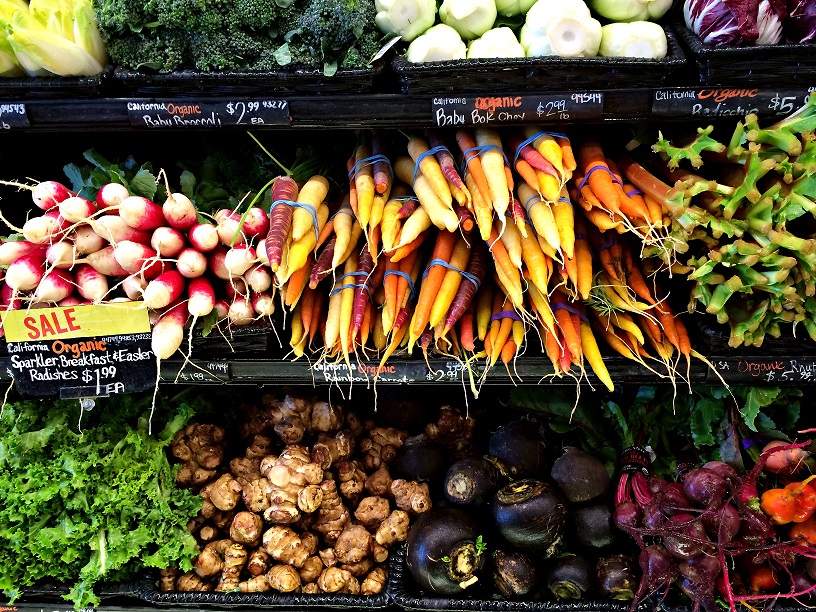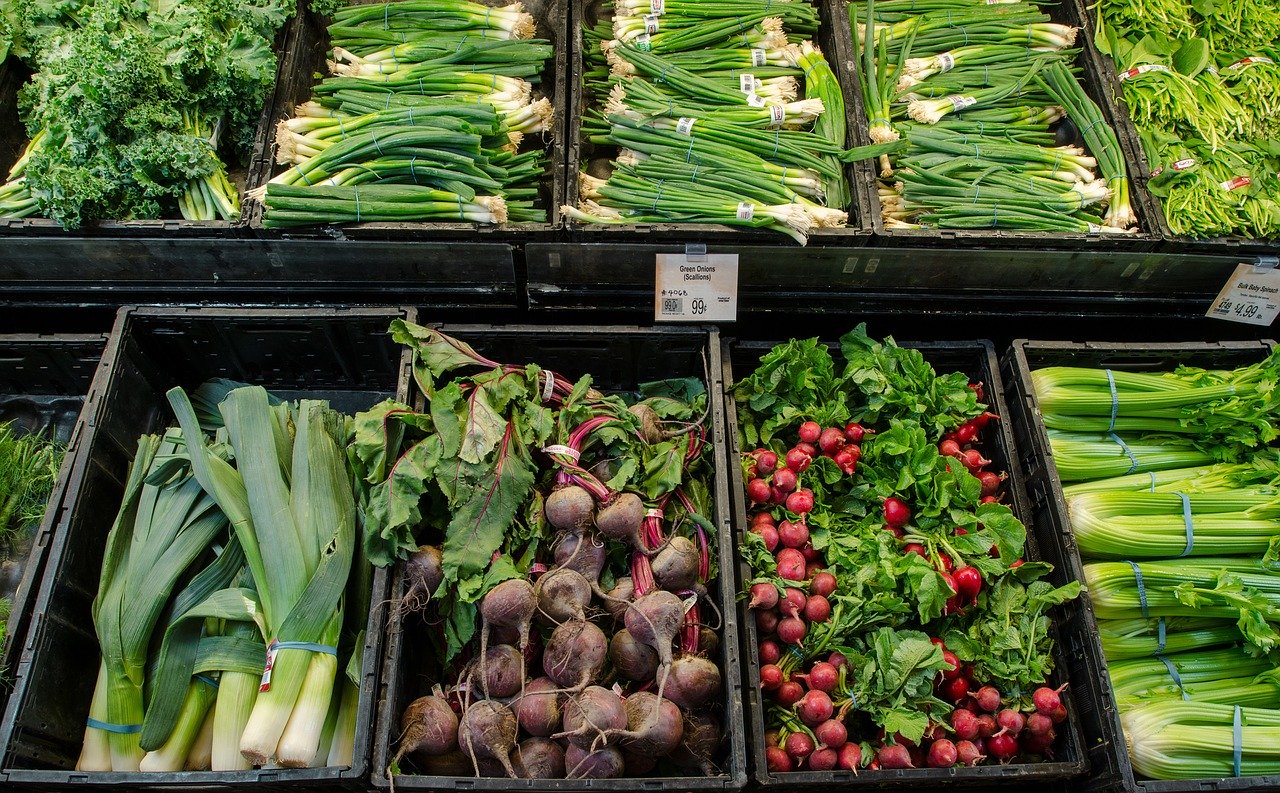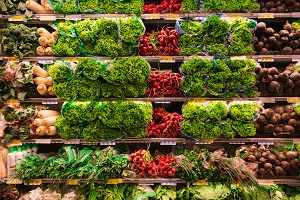In a recent conversation, a produce buyer told me, "Our produce sections keep getting bigger. We went from 42 organic items to a little over 125. Now we are adding plant-based items into our program."
According to their data, the retailer had seen a substantial gain in organic customers since the COVID surge and was now focusing on plant-based food items based on the category’s growing popularity.
A variety of plant-based retail offerings
In the past, tomatoes, peppers, apples, berries, and other fruits and vegetables were limited in variety. Those items have grown into larger groups as more assortment entered the market and retail scene. Today those groups of produce are referred to as categories.
The retailer had seen a substantial gain in organic customers since the COVID surge and was now focusing on plant-based food items based on the category’s growing popularity.
Where there were once three or four tomato choices (in terms of size, package, or variety), there are now more than 10 to 12 options. The same is true of peppers, mushrooms, apples, grapes, and other commodities. Value-added packaged vegetables and fresh-cut fruit have also evolved into new categories.
Newer produce categories are being developed as consumer eating trends are constantly changing.

In the early stages of the COVID pandemic, it was very clear that people wanted to eat safe, natural, and healthy produce to boost their immunity and prevent illness. And with that sudden desire to fight off viruses by eating, many consumers switched from conventional to organic produce. The grocery store retailers responded to it by expanding organic sections and added other varieties into the mix.
Newer produce categories are being developed as consumer eating trends are constantly changing.
For retailers, examining the data can provide the correct information to drive their operations in the right direction.

Some points to consider:
- Data - Study the organic category data carefully to understand the items shoppers want most. Consider each and every item. Scale down on the size of slow movers, and expand the space allocation on those items that generate the most sales volume.
- Competition - Who has the best organic produce sections in your region? Is it you, or your competitors? Always scope out other stores to make sure your organic section is not outrivaled.
Study the organic category data carefully to understand the items shoppers want most
- Shoppers - With younger shoppers coming up through the system, it is imperative to promote more organic produce to grow the category. Millennials and younger generations prefer to shop in a department that offers them a wide assortment of organic choices. They are very health-focused and consider organics as their "prescription medicines."

While online shopping is growing, consumers do still like to physically shop in the grocery stores. They prefer to personally see the organic product for themselves, be able to touch it, and to select the best quality.
Don't get hung up on the price of organic produce items. Consumers know that there is a higher cost connected to growing and maintaining organics, and they are willing to pay the premium prices, especially when it is associated with their health and wellness.






